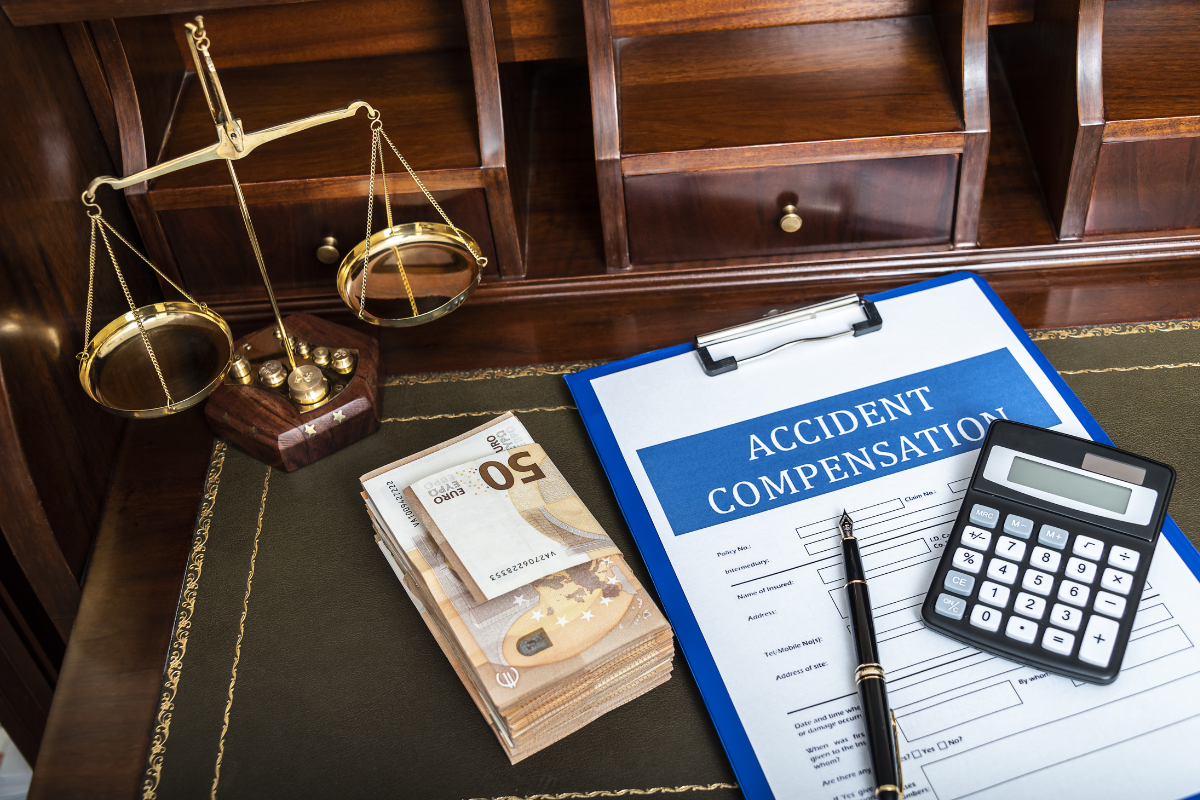In the realm of legal disputes, we often hear of figures, facts, and tangible damages—broken bones, property damage, and financial losses.
Yet, beneath these evident scars lie deeper wounds: those of emotional and psychological trauma, often whispered but rarely shouted.
Imagine for a moment, a young woman involved in a severe car accident. While her broken arm will heal in weeks, the recurring nightmares, the sudden fear of vehicles, and the anxiety of stepping out of her home will persist much longer, perhaps for a lifetime.
These intangible injuries, often overshadowed by their physical counterparts, carry a profound weight.
As society advances, our understanding of such emotional tolls must evolve, urging us to look beyond the evident and recognize the silent cries of pain and suffering in legal contexts.
Post Contents
The Intangible Impact Of Trauma
Traumatic events, while fleeting in their occurrence, can leave a lasting imprint on individuals, often more profound than any physical scar.
The emotional and psychological aftermath can vary in intensity and manifestation but is universally impactful.

1. Emotional Manifestations
- Depression: A pervasive feeling of sadness, loss of interest, and hopelessness, affecting daily functions.
- Anxiety: Persistent and excessive worry, often accompanied by physical symptoms like rapid heartbeat and tremors.
- Post-Traumatic Stress Disorder (PTSD): Reliving traumatic events, nightmares, and heightened reactions to stimuli reminiscent of the trauma.
2. Behavioral Impacts
- Avoidance: Actively staying away from situations, places, or people that are reminders of the trauma.
- Substance Abuse: Using alcohol, drugs, or other substances as a coping mechanism, which can lead to addiction.
- Changed Interpersonal Relationships: Difficulty in maintaining relationships, trust issues, or fear of intimacy due to trauma.
3. Cognitive Effects
- Memory Issues: Difficulty in recalling certain events, especially those linked to the trauma.
- Concentration Problems: Inability to focus on tasks, leading to reduced productivity and potential job loss.
- Self-Blame or Guilt: Persistent feelings of being responsible for the traumatic event.
4. Physical Symptoms
- Sleep Disturbances: Insomnia, nightmares, or disrupted sleep patterns.
- Chronic Pain: Unexplained aches and pains, often not directly related to the trauma but stemming from the emotional distress.
- Digestive Problems: Issues like irritable bowel syndrome, which can be stress-related.
5. Impact on Daily Life
- Career Disruptions: Taking extended leaves, changing jobs, or entirely avoiding certain professions due to emotional triggers.
- Social Isolation: Avoiding social gatherings, public places, or even familiar settings due to anxiety or fear.
- Economic Strain: Medical bills for therapy, medication, coupled with potential loss of earnings, can put victims under financial duress.
It’s imperative to understand that these effects are as real and consequential as any physical injury. They shape the lives of victims, redirecting their paths in ways they never anticipated.
Anatomy Of A Claim
Navigating a pain and suffering claim is a multifaceted journey, rooted in the delicate balance between personal experiences and legal criteria.

For a claim to be deemed valid, it must demonstrate not just the occurrence of trauma, but also its profound emotional and psychological repercussions.
Medical professionals and therapists play an integral role, substantiating the depth and longevity of distress.
Yet, distinguishing between demonstrable injuries and emotional upheavals becomes a focal challenge.
As we explore the nuances of such claims, it’s crucial to understand that the realm of emotional distress, while intangible, demands an authenticity and depth of representation to be successfully recognized in the courts.
Quantifying The Intangible
Assigning a monetary value to emotional distress is arguably one of the most challenging aspects of legal jurisprudence.
How does one quantify the sleepless nights, the anxiety-ridden days, or the moments stolen by traumatic flashbacks?
While no sum can truly compensate for the emotional upheaval experienced, the legal system attempts to find a fair metric.
Several methodologies have been proposed, yet each comes with its inherent limitations and debates.
Some argue that a fixed formula may oversimplify diverse experiences, while others push for more structured guidelines to ensure consistency in judgements.
Amidst these complexities, one thing remains clear: the task is not merely about numbers, but about acknowledging the profound impact of emotional pain and striving for a semblance of justice.
Preparing A Strong Case
The journey towards securing compensation for pain and suffering is paved with complexities. It requires more than just narrating a painful experience; it’s about substantiating that pain in the context of legal scrutiny.
- Evidence Gathering: Central to any claim is the meticulous collection of evidence. This can range from medical records illustrating psychological distress to personal diaries detailing daily struggles post-trauma.
- Expert Witnesses: Their testimonies can make or break a case. Psychologists, therapists, and even vocational experts can shed light on the depth of suffering and its impact on an individual’s daily life.
- Personal Testimonies: While expert opinions are vital, the voice of the victim carries immense weight. Authentic, heartfelt testimonies can bridge the gap between legal technicalities and human experience.
- Potential Pitfalls: It’s essential to be wary of inconsistencies in narrations, any appearance of exaggeration, or the lack of consistent medical consultations, as these can cast doubts on the legitimacy of the claim.
Understanding the intricacies of the legal system and preparing diligently is key. With the right blend of evidence, expert insights, and genuine representation, victims stand a stronger chance of having their emotional turmoil acknowledged and compensated.

Skepticism And Challenges
Pain and suffering claims, despite their profound importance, often find themselves mired in skepticism.
Detractors argue that the intangible nature of emotional distress makes it ripe for exploitation, leading to inflated or even fraudulent claims.
This skepticism, unfortunately, casts a shadow on genuine victims, subjecting them to intense scrutiny and at times, undue skepticism.
Moreover, it poses a challenge for the legal system, which grapples with distinguishing authentic claims from potential exaggerations.
In addressing these concerns, it becomes vital to approach each case with a balance of compassion and critical evaluation, ensuring that genuine sufferers aren’t overshadowed by the cloud of doubt.
Conclusion
The journey through the labyrinth of pain and suffering claims illuminates a critical facet of human experience.
It underscores the importance of empathy, understanding, and recognition within our legal systems.
While monetary compensation can never truly restore what trauma takes away, it serves as a societal acknowledgment of the profound impacts of emotional distress.
As we move forward, the hope remains that our legal frameworks continue to evolve, placing compassion at the forefront of justice.






























